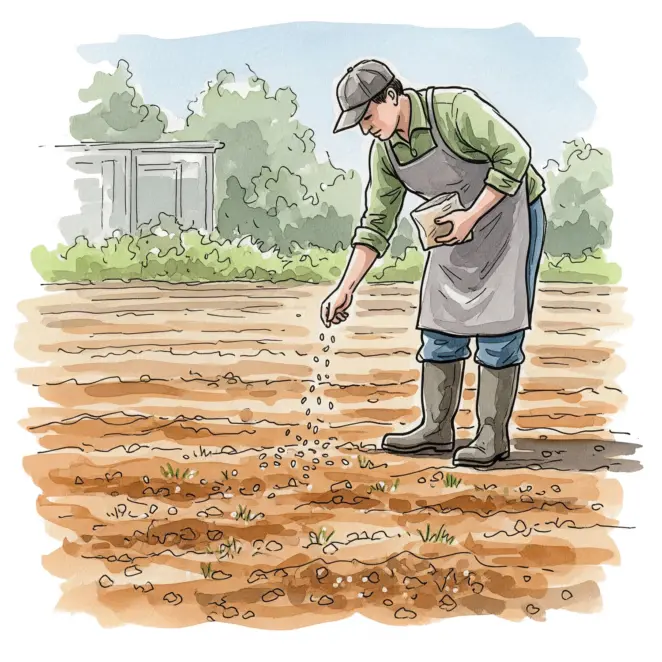Repairing Turf After a Drought
Most gardeners in the UK will have noticed that their lawns look stressed during long periods without rainfall. Brown lawns in summer are perfectly normal and how grass plants naturally behave when they are short of water, so it’s nothing to worry about.
However, as gardeners, it’s far from the idyllic condition we want to see our gardens in. And when a drought occurs, as is increasingly common in the UK, it’s enough to cause nightmares.
During and after a drought, your turf lawn will need even more love and attention to compensate for the lack of rainfall and blisteringly hot sun. In this guide, we will take you through the signs and symptoms of drought damage to your garden, and what you can do to get your garden green and lush once again.
How to Repair Lawn Damage from a Drought
After a long drought, if your lawn has not received sufficient water, you may see some dry and yellowed patches or in extreme cases, the lawn can become completely brown. Here is what you need to do to restore it to luscious green health:
Water: Ensure that you water thoroughly every day to compensate for the lack of rainfall. One good soak each day will suffice. The best time is in the evening, as this will allow the water to be fully absorbed rather than evaporated by the sun.
Aerate the Lawn: Use an aerator, or a garden fork, to punch holes into the lawn. This will help moisture get deep into the roots below the ground.
Weed & Dethatch: With water already scarce, your lawn does not need weeds and thatch competing for water. So, now is a great time to get rid of anything unwanted in your grass.
Mow: Keep mowing, but keep the blades slightly higher than you would usually. Once the mowing is done, spread the clippings over the grass, as this will help provide more essential moisture to the lawn. Make sure you don't overdo it and leave clippings in large clumps, as this could suffocate the turf.
Apply Fertiliser: After the drought is over, apply a light spreading of a balanced fertiliser to the lawn to aid and encourage growth. Read the instructions carefully, because too much fertiliser can actually do more harm than good.
How Quickly Does Grass Recover After a Drought?
After drought, lawns usually start to green up within one to two weeks of rainfall, though recovery can take longer in severe cases or on certain soil types. If parts of the lawn have died back completely, overseeding or re-turfing may be needed.
Why Do Turf Rolls Shrink?
You may find that if you have a new turf lawn, you may see some shrinkage and have gaps between a few pieces of turf if it hasn’t fully established in the event of a drought. Turf is a living product, and if it doesn’t have enough water, it will begin to shrink, so time is of the essence. All our turf is delivered on a next-day service to get it to you in the best possible condition, but when a drought strikes, the turf will still need plenty of water if it is to stay perfect.
How to Repair Gaps in New Turf
If you have already started to see shrinking turf create gaps in your garden, your best bet is to apply plenty of grass seed and water. With enough regular water, the lawn should be back to normal in a few weeks. For a quick fix or in extreme cases, you could also get a fresh piece of turf to plug the gaps. Browse our range of hard-wearing turf here.
At Online Turf, we don’t just lay turf, but lay the foundation for new gardeners to learn about caring for their garden. Browse our knowledge base for tips and tricks to help your garden flourish into a green sanctuary, or if you have a specific question, take a look at our FAQ. And if you have any further questions about our products, contact us today, and our customer service team will be happy to help.


